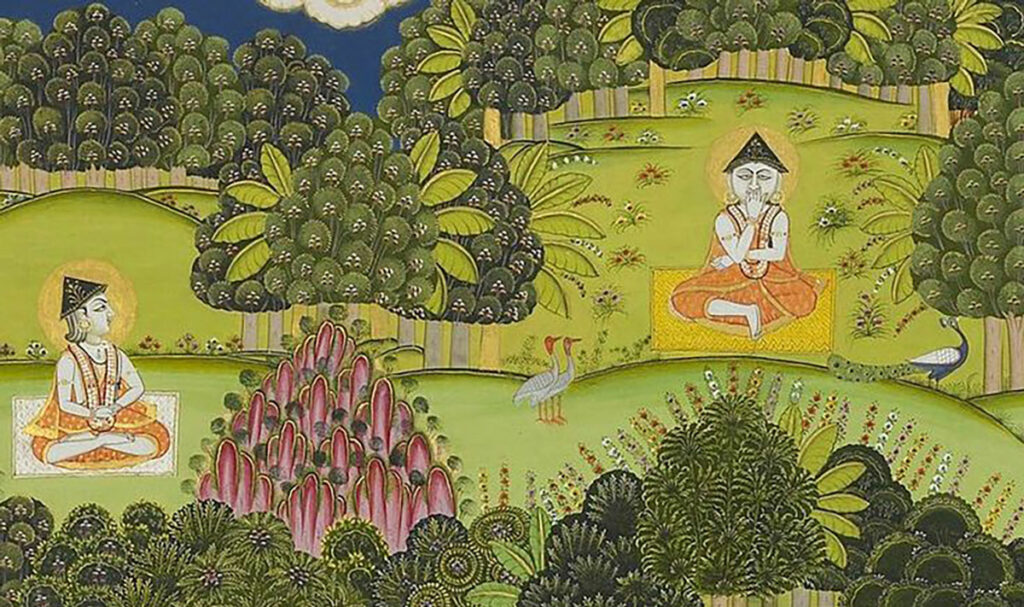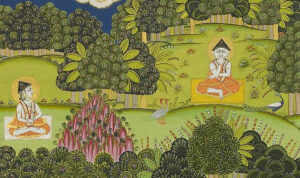Pranayama is the best morning routine for a yogi and it is the essence of yoga, since it is the door to all meditative states: whitout Pranayama there is no access to the higher states of Consciousness.
“Prana” means life force or vital energy, and “yama” means “balance, regulation”. So, when you combine the two, pranayama can be understood as the practice of observing and regulating the breath. Someone can give to Pranayama practise a mere materialistic purpose like to enhance the flow of life force energy within the body. But this is not its purpose. The purponse of Pranayama is to generate a spontaneous Pratyahara (the senses withdraw from the outside). It’s a concept that highlights the connection between breath, energy, and, at the level of the physical dimension, the overall well-being.
Pranayama can be a wonderful way to start your day with a sense of regeneration, calm and focus, and maybe some day it will be able to generate an even higher state of Consciousness. Inshallah.
Pranayama is the last of the first group of 4 Anga (active) and so the door to the other 4 (towards passive) Anga. Pratyahara is what you will have to do after Pranayama: to remain stably and gradually spontaneously inside that Pranayama. Only after this passage Dharana (deep passive concentration), Dhyana (meditative state) and Samadhi (trascendal state) can happen.

Let’s start with an original pranayama practice for cleaning the nostrils: it is a combination of Nadi Shodhana + Kapalabathi or intense alternate nostrils cleaning (as I call it). It involves a passive inhaling and active intense exhaling through one nostril at a time, while usually Nadi Shodhana should be done with a light and silent inhaling and exhaling.
Lift the right elbow at 90 degree, put the right thumb onthe right cheekbone and close your left nostril with the other fingers. Inhale and immedialty start to force the exhalations through the right nostril, while keeping the inhalations passive. The right arm pump down the exhalation with the movement, while during the inhalation you relax complety your face, and the arm and elbow go back up.
Make this breathe practice for 18 times on the right nostril, and then change on the other side for other 18 times on the left.
Remember to prepare a nice handkerchief near you!
This rapid breathing technique is believed to help remove toxins, increase oxygen supply, and invigorate the mind. In the meantime anyway it is starting to balancing left and right cerebral hemispheres.
After that, I pass to do some normal breathes and then I start to do a normal silent Nadi Shodhana (alternate nostril breathing), that should be done in total and deep breathe silence, like a silk breathe. Take a deep and long breath-in through one nostril, retain for some seconds, and then exhale through the other nostril, using your right thumb and right ring finger to close and open each nostril alternately. (Why right hand? What is retain? I will explain in the article about Nadi Shodhana).
I go on at least for 9 minutes and then, I sit in silence for other 9 min.
Remember to listen to your body, relaxing deeply your right shoulder, arm, and your face all the time. Never get tired to relax your face, your jaw and eye-muscles.
Hari Om Tat Sat.
Giulia Maria Miscioscia

